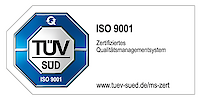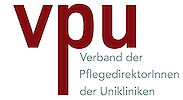Bartok Group (IHT)
Group Leader
Prof. Eva Bartok, MD
Institute for Experimental Hematology and Transfusion Medicine (IHT)
Tel.: +49 228 287-51167
Fax: +49 228 287-16087
North Zone , Building No. 12
1st Floor, Room 1G409
Maximilian Appel, Medical student
Phone: +49 228 287-51140
Katarzyna Andryka-Cegielski, Doctoral candidate
Phone: +49 228 287-51140
Felix Dominick, Medical student
Phone: +49 228 287-59951
Regina Kemp, Bachelor student
Phone: +49 228 287-59951
Sarah Salgert, Student assistant
Phone: +49 228 287-59951
Ria Sharma, Master student
Phone: +49 228 287-51140
Sofía Soler, Doctoral candidate
Phone: +49 228 287-51140





















